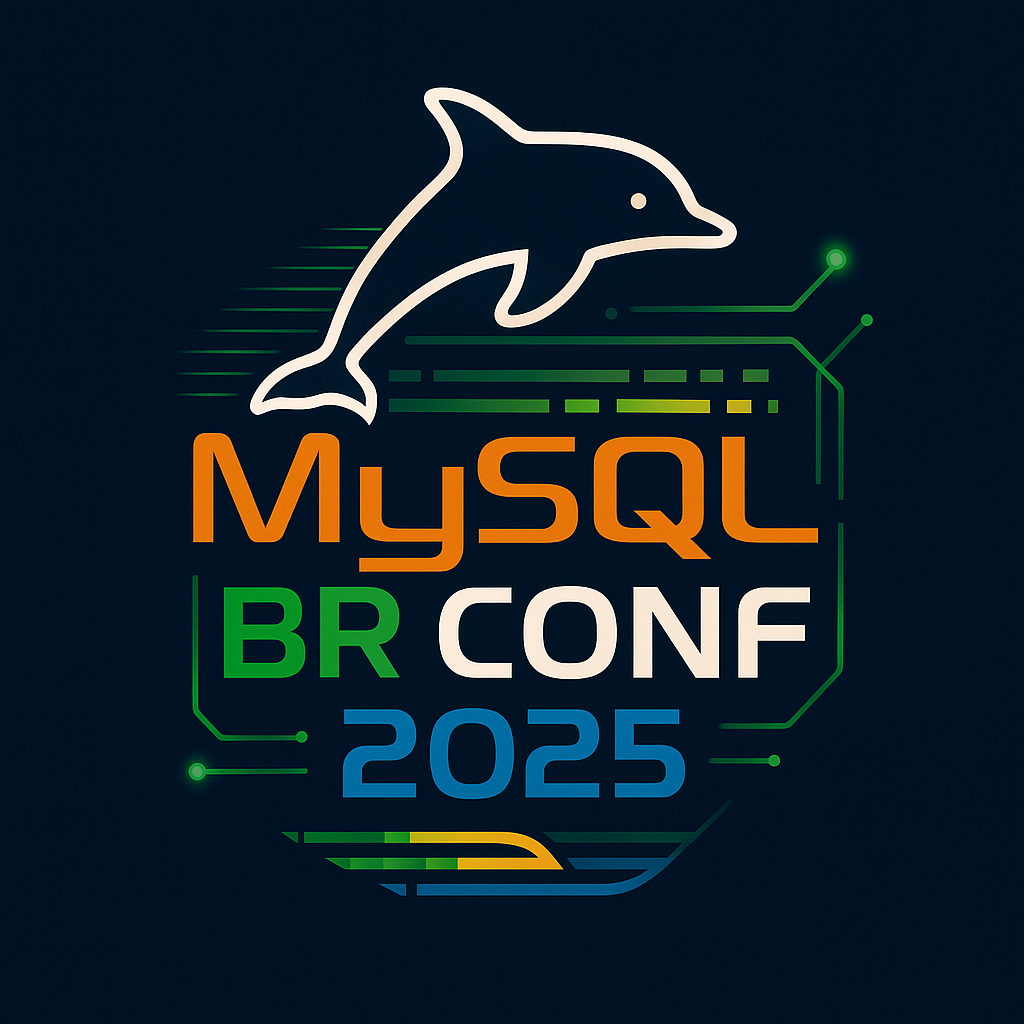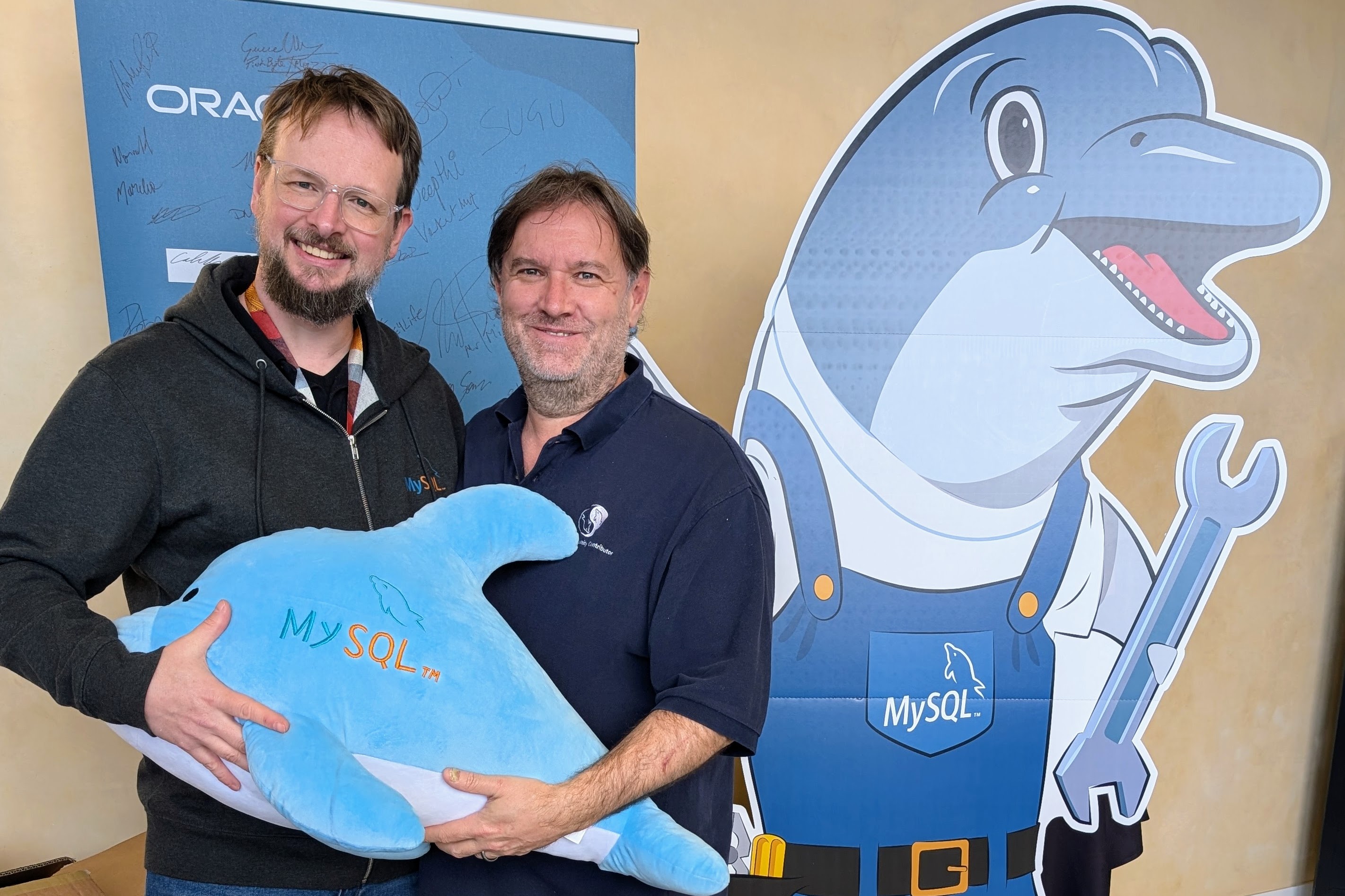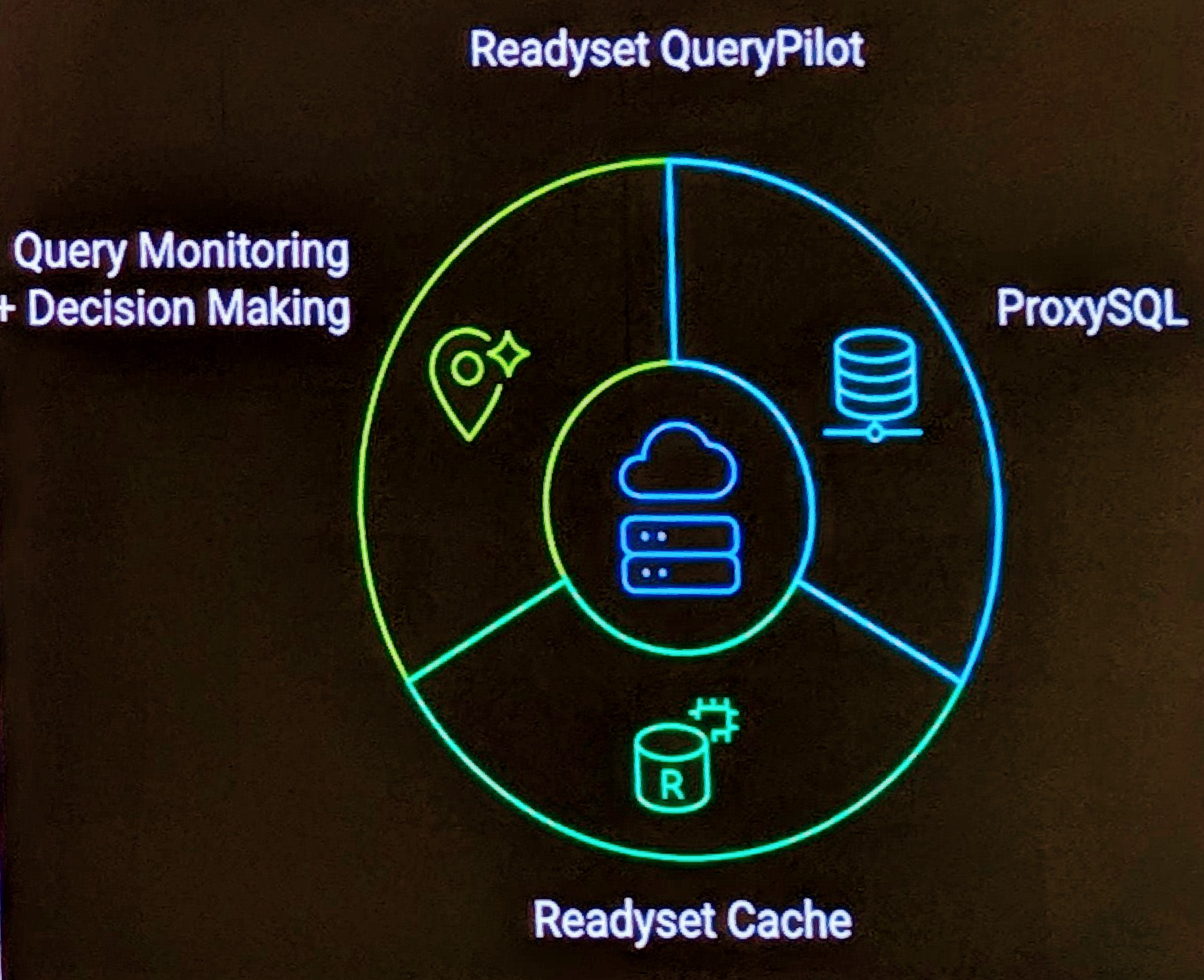Yesterday I took a more serious look at Google App Engine , I got a developer account some weeks ago.
After going though the getting started demo some time ago, I chose an idea for a FaceBook Application and started in true eXtreme Programming (XP) style (i.e. What’s the bare minimum required for first iteration). I taught myself some Python and within just a few minutes had some working data being randomly generated totally within the development SDK environment On my MacBook. I was not able to deploy initially via the big blue deploy button, the catch is you have to register the application manually online.
Then it all worked, and hey presto I’ve got my application up at provided domain hosting at appspot.com
Having coming from a truly relational environment, most notably MySQL of recent years I found the Datastore API different in a number of ways.
- There is no means of Sequences/Auto Increment. There is an internal Unique Key, but it’s a String, not an integer, not enabling me to re-use it.
- The ListProperty enables the use of Lists in Python (like Arrays) to be easily stored.
- The ReferenceProperty is used as a foreign key relationship, and then can be more reference within an object hierarchy
- I really missed an interactive interface. You have no abililty to look at your data, specifically for me I wanted to seek some data, then I wanted to delete some data, but I had to do all this via code.
Having developed a skelaton FaceBook application before in PHP, I figured a Python version would not be that much more work, but here is where I good stumped Information at Hosting a Facebook Application on Google AppEngine leveraging the PyFacebook project didn’t enable me to integrate Google App Engine with FaceBook just yet.
This had me thinking I need to resort to a standalone simply Python Facebook application to confirm the PyFacebook usage. Now my problems started. Under Mac it’s a lot more complex to install and configure Python/Django etc then under Linux. I tried to do it on my dedicated server, but drat Python is at 2.3.4, and it seems 2.5.x is needed.
Still it was a valuable exercise, I dropped the FaceBook goal and just worked on more Google App Engine stuff. Still early days, but it was productive to try out this new technology.
What I need to work on now is how to hold state within Python infrastructure so I can manage a user login and storing and retrieving user data for my sample app.


